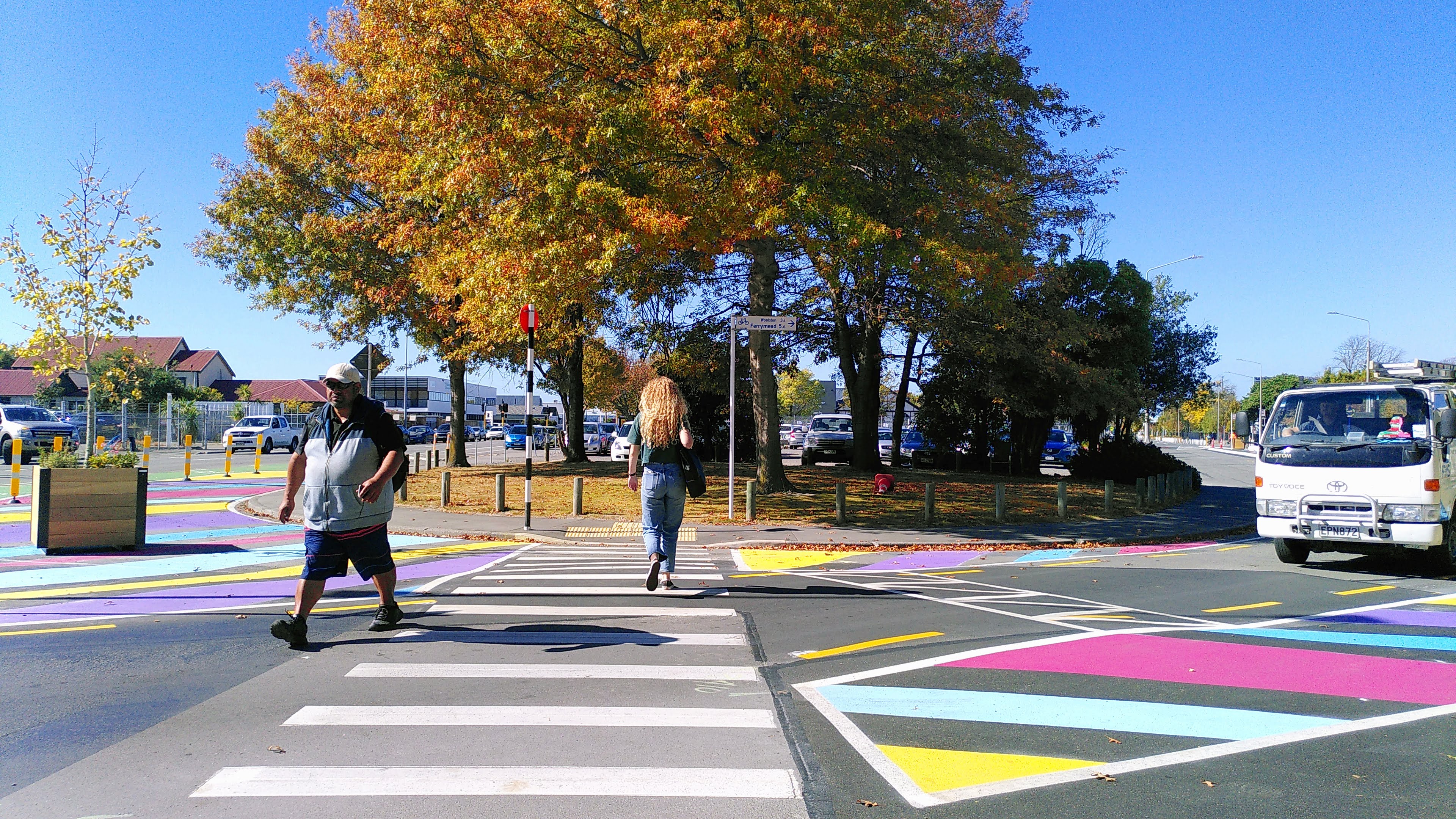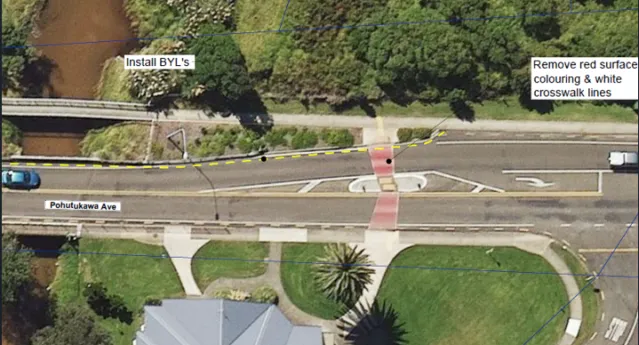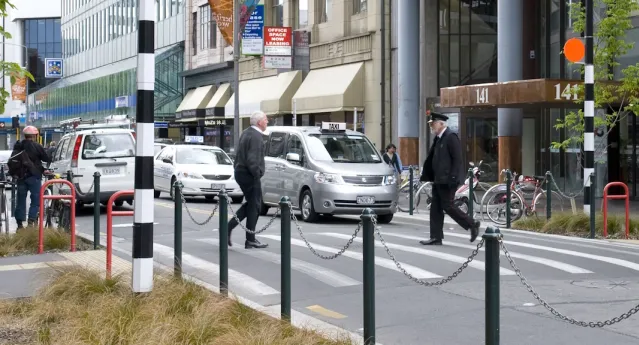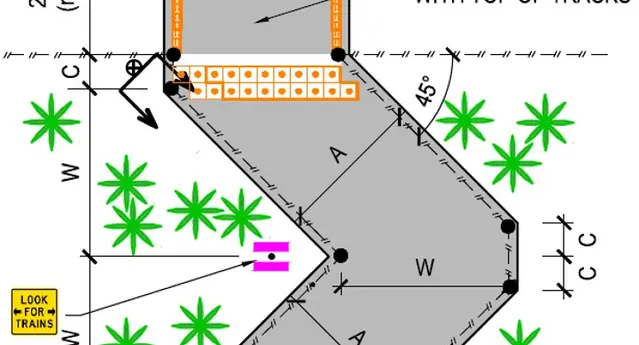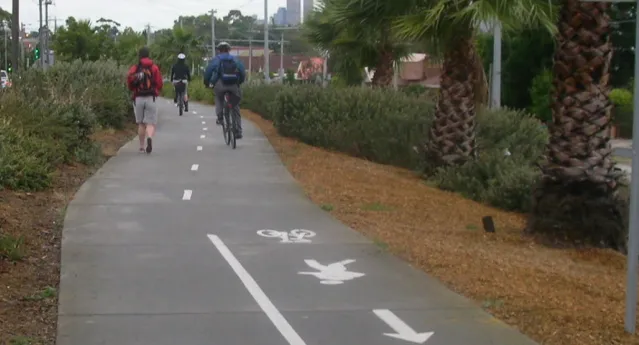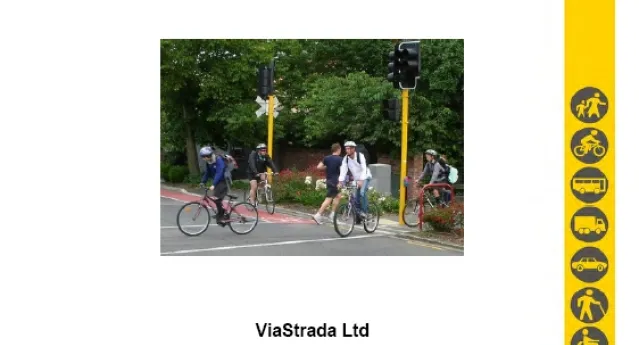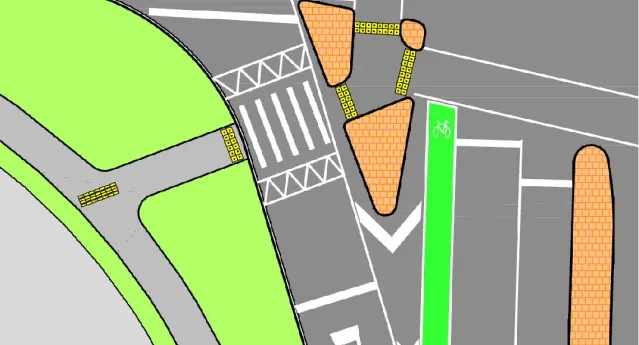Pedestrian planning & design
Worldwide, streets are being opened to people on foot, with spectacular benefits to communities in terms of traffic and personal safety, economic well-being, community cohesiveness, and physical health.
ViaStrada has assisted with the development of walking guidance and tools from NZTA (e.g. the Pedestrian Network Guidance) to enable better practice in meeting the needs of people walking. We have also contributed to industry training in this area.

